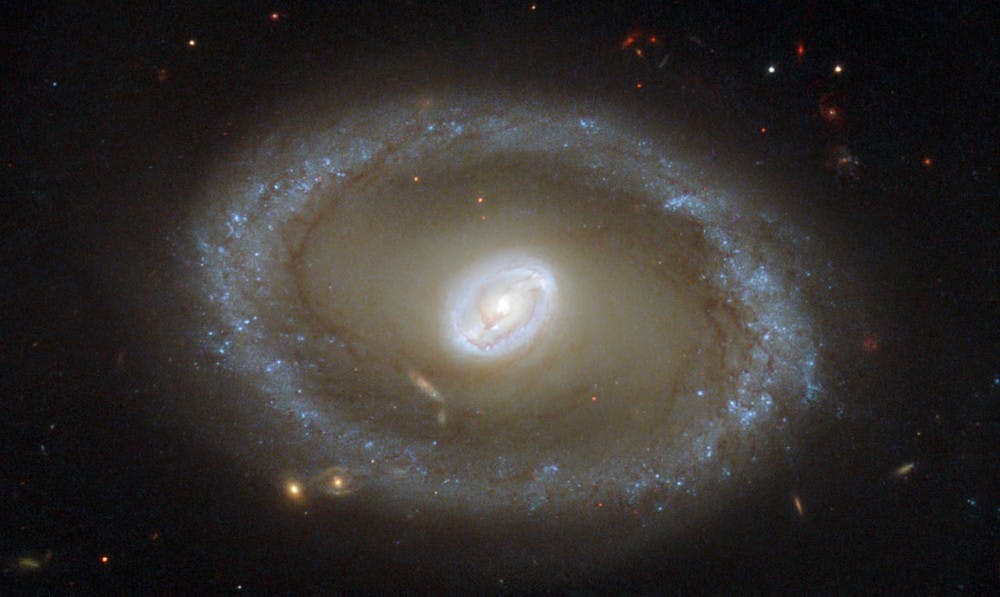A team of researchers involving two Penn astronomers has confirmed the discovery of the oldest and furthest supernova ever identified.
The group, which includes Astronomy Professor Masao Sako and postdoctoral researcher Chris D’Andrea, who earned his Ph.D. from Penn in 2011, published its findings in The Astrophysical Journal.
According to Penn News Today, researchers first detected the exploding star in Aug. 2016 while working on the Dark Energy Survey, which is described by its website as an international effort "to map hundreds of millions of galaxies” to better understand the nature of dark energy in the universe.
The supernova, which the researchers named DES16C2nm, is estimated to be 10.5 billion years old. NASA believes the universe itself is roughly 13.77 billion years old.
However, DES16C2nm’s status as the most distant supernova ever recorded wasn’t confirmed until October, according to Penn News Today. The confirmation was issued when the star was viewed through three of the world’s most powerful telescopes, located in Chile and Hawaii.
The star has since been classified as a superluminous supernova (SLSN-I), which is “the brightest and rarest class of supernovae,” the researchers wrote in their published paper. They indicated that they believe its discovery will likely afford astronomers a better understanding of the rare stars and how to locate them.
On their website, researchers involved with the Dark Energy Survey report that they will continue to search for more supernovae as their project comes to a close this year.



